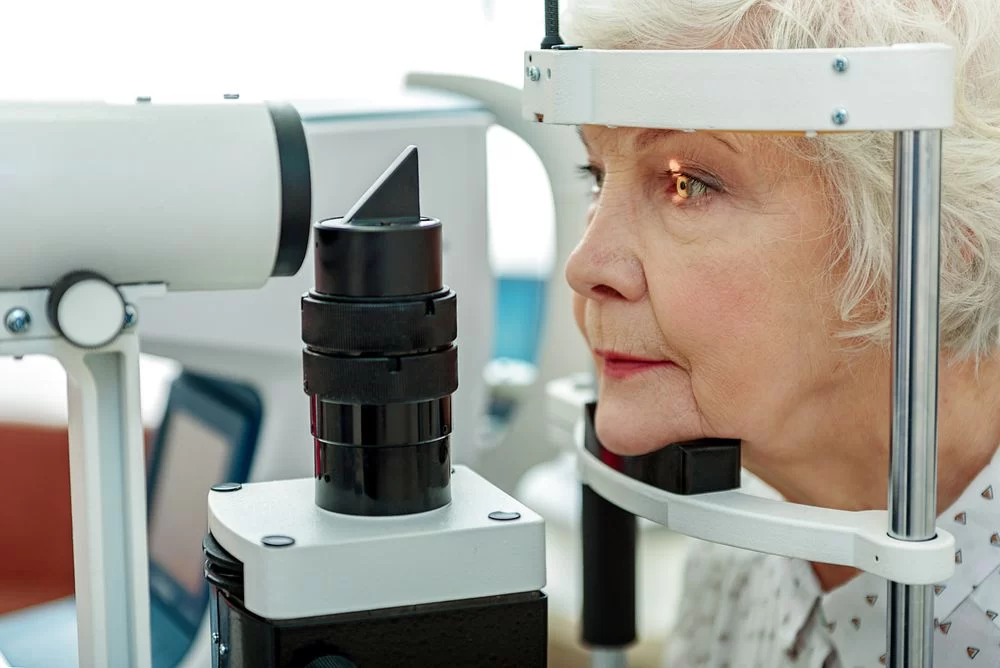
- Why-Detecting-Glaucoma-Early-Is-Critical-to-Saving-Eyesight
- How-to-Detect-Early-Signs-of-Glaucoma-Accurately
- Real-Patient-Experiences-with-Early-Glaucoma-Detection
- Who-Is-at-Risk-and-When-to-Get-Screened-for-Glaucoma
- Where-to-Go-for-Glaucoma-Screening-and-Support
1. Why Detecting Glaucoma Early Is Critical to Saving Eyesight
Glaucoma is often called the "silent thief of sight" for a reason—it progresses slowly, painlessly, and without obvious symptoms until irreversible damage is done. Once vision is lost, there’s no way to regain it. That’s why understanding how to detect early signs of glaucoma is so important, especially for adults over 40 or those with a family history of the disease.
When caught early, glaucoma can be managed with medications, laser treatments, or surgery to prevent further damage. But the key is to recognize changes before they impact your quality of life.
2. How to Detect Early Signs of Glaucoma Accurately
Early detection of glaucoma often requires a combination of personal awareness and professional screening. You may not notice symptoms immediately, but paying attention to subtle signs can make a difference.
2.1 Subtle Changes in Vision
One of the earliest indicators is a gradual loss of peripheral vision—often described as tunnel vision. You may not realize it until you begin bumping into things or having difficulty navigating in dim lighting. These early vision changes can be hard to catch without a full eye exam.
2.2 Eye Pressure and Optic Nerve Health
Glaucoma often involves increased intraocular pressure (IOP), which damages the optic nerve over time. While high IOP doesn’t always cause discomfort, routine eye exams can detect pressure changes early, even before vision symptoms occur.
2.3 Visual Field Tests and OCT Scans
Advanced tools like visual field mapping and optical coherence tomography (OCT) scans are vital for detecting early optic nerve damage. These are non-invasive tests that provide high-resolution images of the eye’s internal structures—essential for early glaucoma screening.
3. Real Patient Experiences with Early Glaucoma Detection
Mark, a 55-year-old engineer from Seattle, discovered he had early-stage glaucoma during a routine eye exam. "I didn’t notice anything was wrong," he says. "No pain, no vision loss. But the doctor showed me the optic nerve damage on the scan. I’m on eye drops now, and I’m grateful we caught it when we did."
Similarly, Ava, a 43-year-old woman with a strong family history, gets screened annually. “My mom lost vision in one eye before she was diagnosed. I make sure I stay ahead of it,” she shares. These real stories highlight how early glaucoma detection often begins with proactive eye care.
4. Who Is at Risk and When to Get Screened for Glaucoma
While glaucoma can affect anyone, certain groups face higher risk:
4.1 High-Risk Individuals
- Adults over 40
- People with a family history of glaucoma
- African American, Asian, or Hispanic populations
- Individuals with diabetes, high blood pressure, or severe nearsightedness
4.2 Screening Frequency Recommendations
Eye professionals recommend comprehensive dilated eye exams every 2 years for adults over 40, and annually if you're high risk. Children with genetic predisposition or unusual eye development may also need early checks.
5. Where to Go for Glaucoma Screening and Support
If you're unsure where to start, book an appointment with a licensed optometrist or ophthalmologist. At Eye Docs, we provide full-service glaucoma screening using state-of-the-art equipment and personalized care plans.
Knowing how to detect early signs of glaucoma could save your vision. Don’t wait for symptoms—be proactive. Contact our team at Eye Docs to schedule your glaucoma screening today and take the first step toward preserving your eye health for life.








